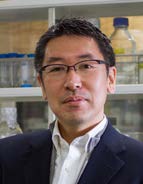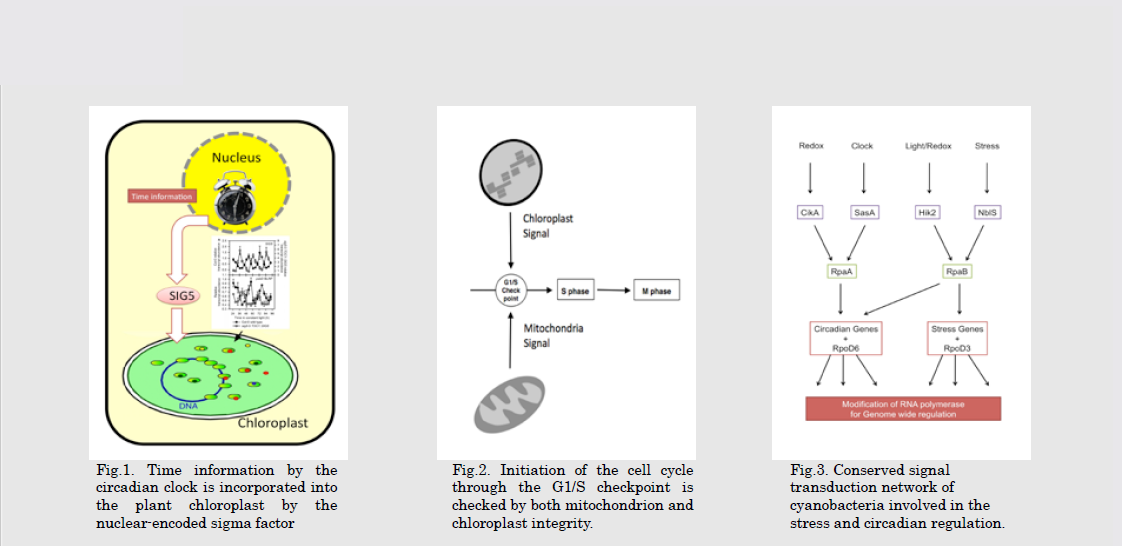CLS
Laboratory for Chemistry and Life Science, Institute of Innovative Research, Tokyo Institute of Technology
東京工業大学
科学技術創成研究院
化学生命科学研究所

LAST UPDATE 2020/06/11
-
研究者氏名
Researcher Name田中寛 Kan TANAKA
教授 Professor -
所属
Professional Affiliation東京工業大学科学技術創成研究院化学生命科学研究所
分子生命化学領域
Laboratory for Chemistry and Life Science, Institute of Innovative Research, Tokyo Institute of Technology
Molecular bioscience -
研究キーワード
Research Keywords
Cell Biology
Symbiosis
Systems Biology
Metabolism
Evolution
Environmental acclimation
Photosynthesis
Algal biomass production
- 研究テーマ
Research Subject -
進化に基づいた細胞システム構築原理の理解と応用
Elucidation and application of cell architects based on their evolution
研究の背景 Background
生体を構成する様々な分子複合体について、それぞれの機能や構造が次々に明らかにされています。しかし、細胞システムの挙動を個別要素の挙動から予測し、コントロールすることは未だに困難です。細胞の運命が決められる原理を理解するには、適切なモデル系を設定し、現在の細胞ができるまでの進化の考察が重要です。
Detailed structure and function of each cell component have massively been investigated, but prediction and control of cell fates still remain difficult based on sum of such information. To understand how cells determine their way, it is best to use an appropriate model cell and consider the evolutional background.
研究の目標 Outcome
真核細胞は、原核細胞間の共生から誕生したと考えられています。別個の細胞からオルガネラとなったミトコンドリア、葉緑体と細胞核の相互作用から、真核細胞のコアにあるネットワークを探ります。また、生命の基本ユニットたるバクテリア細胞の構築を、代謝、リボゾーム、ゲノム、光合成などのキーワードから理解し、細胞機能の操作を介した応用への展開を図ります。
Eukaryotic cells have emerged by symbiotic events among prokaryotes. We investigate the core network of eukaryotic cells composed of symbiotic organelles, mitochondrion and chloroplast, and the nucleus. We also study the core architect of bacteria, a basic unit of life, based on keywords as metabolism, ribosome, genome and photosynthesis, and aim for application uses of cells through the manipulation of cell functions.
研究図Research Figure

文献 / Publications
Science, 242, 1060 (1988). PNAS, 90, 3511 (1993). Science, 272, 1932 (1996). PNAS, 99,4251 (2002). Nature, 428, 653 (2004). PNAS, 106, 803 (2009).
PNAS, 106, 6860 (2009). PNAS, 106, 12548 (2009). Nature Cell Biol., 13, 483 (2011), Science, 339, 1316 (2013).
研究者HP
- kntanaka
 res.titech.ac.jp
res.titech.ac.jp - http://www.res.titech.ac.jp/~biores/